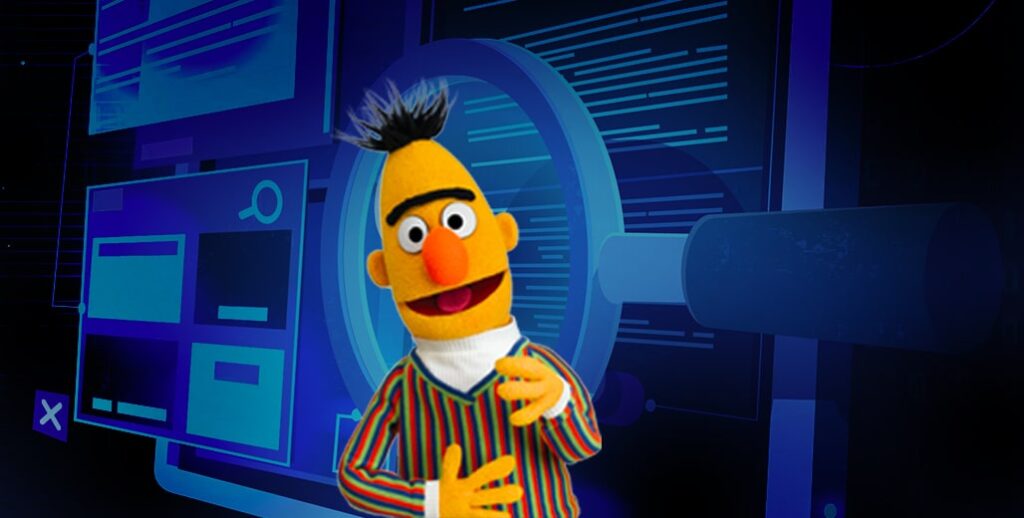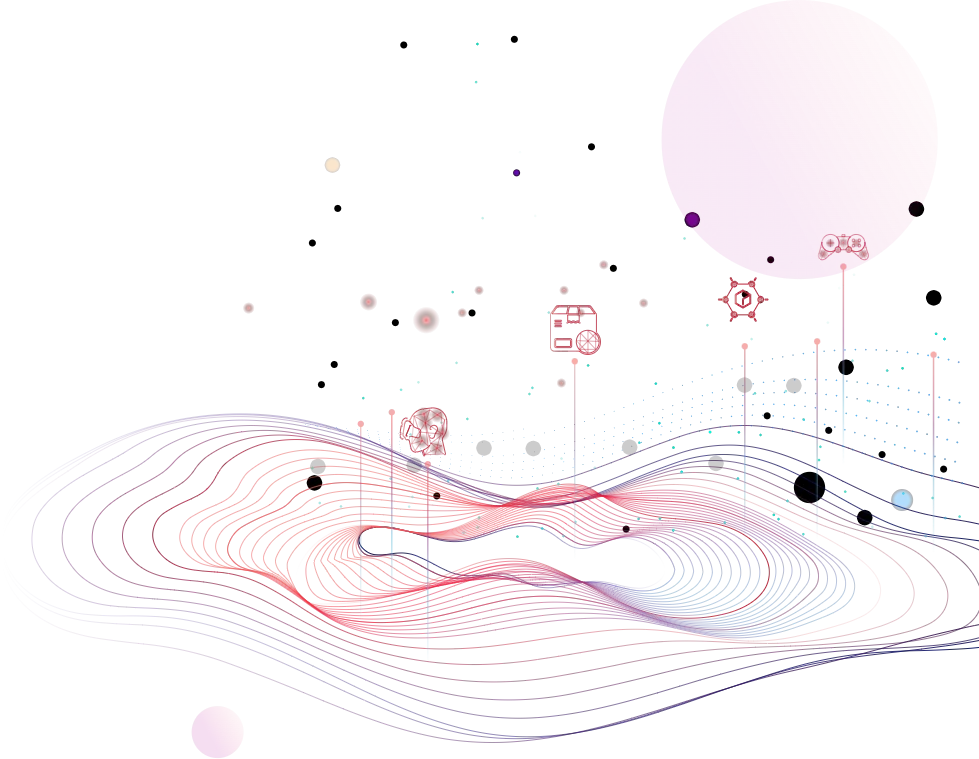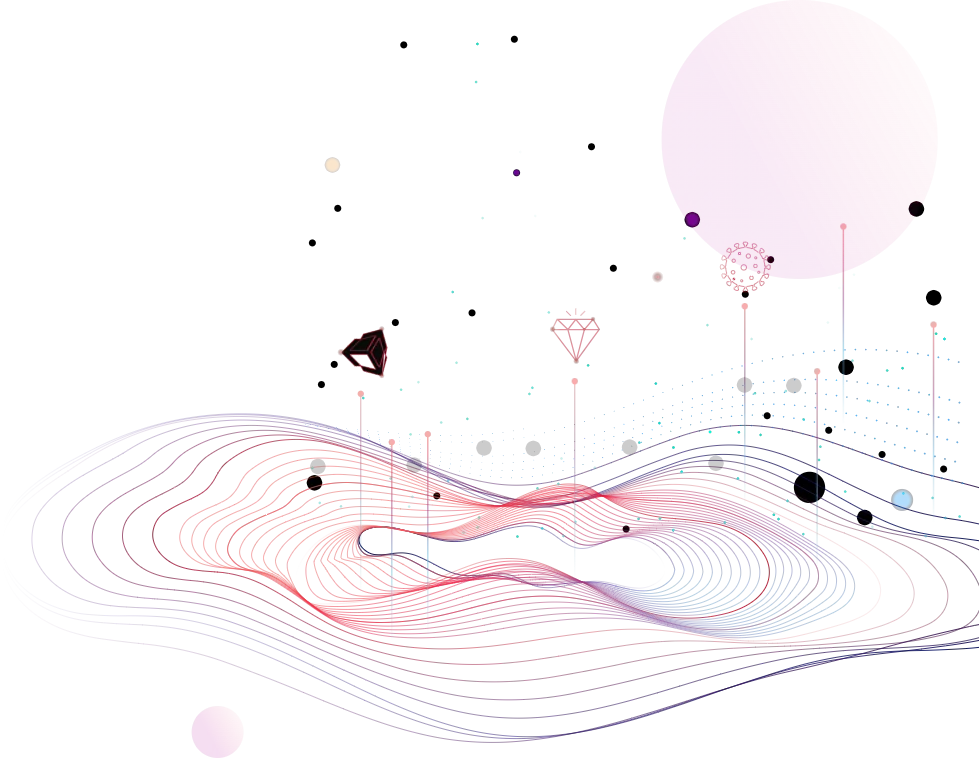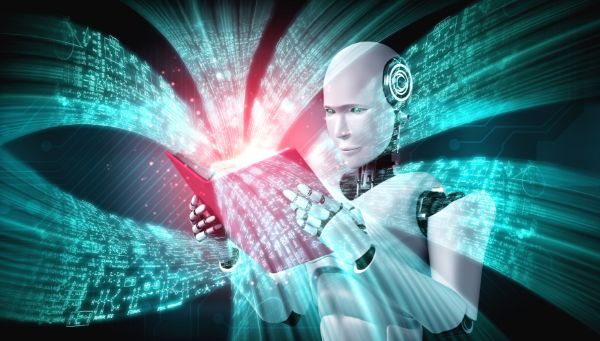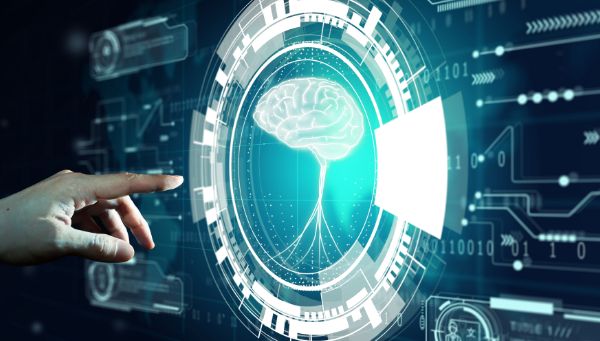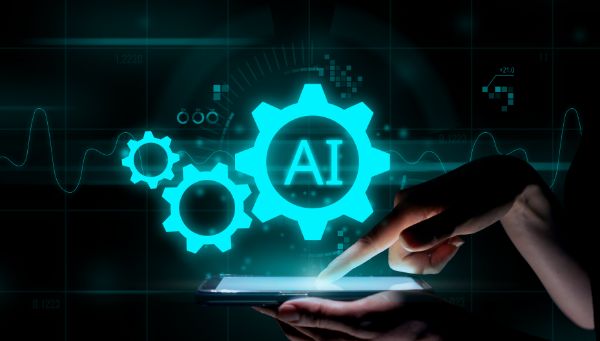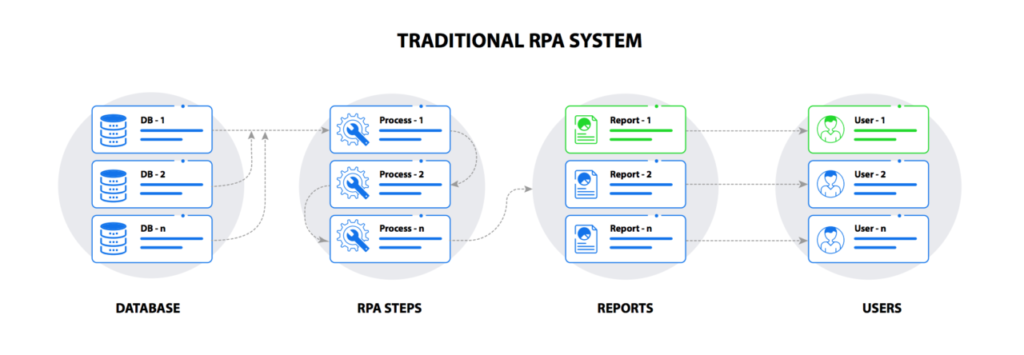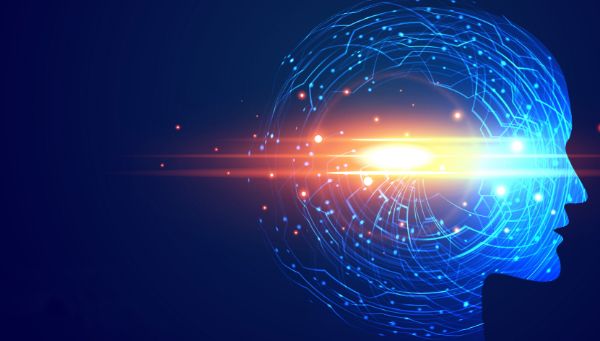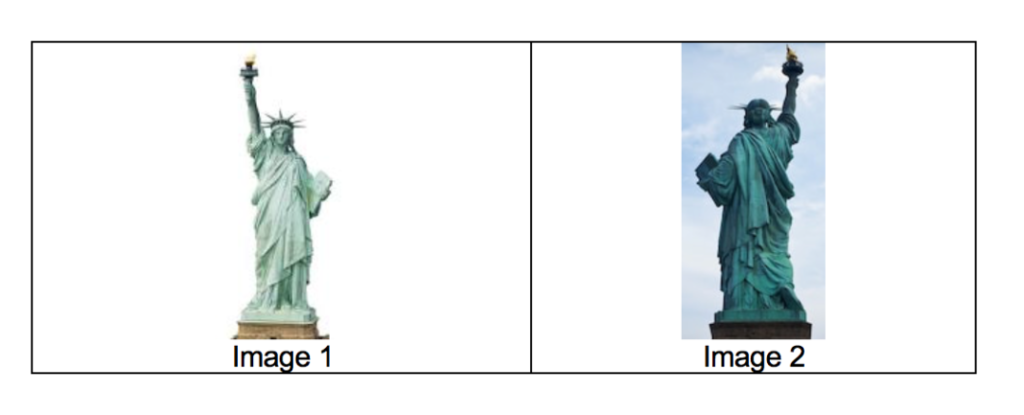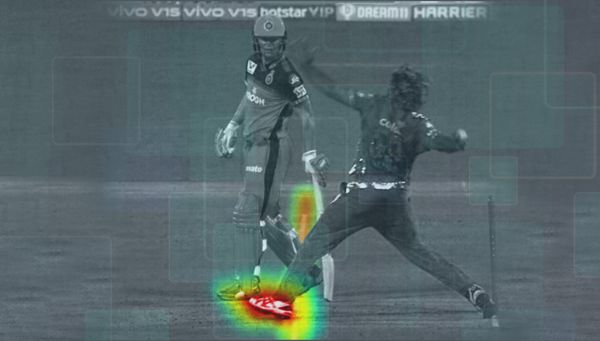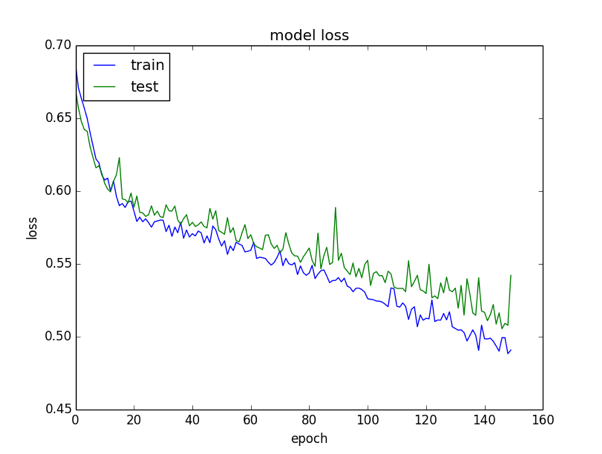1. Introduction
Uber has revolutionized the way of commute since its launch. Traveling short distances has never been hassle free. Earlier people used to use their personal vehicles to cover small distances. Other alternative was to use public transport which is time-consuming and inconvenient. Uber, on the other hand, provides flexibility to non-frequent traveler and ones who love commuting over shorter distances, as they do not have to spend on purchasing a vehicle and at the same time can move around very conveniently. The same might hold true for the future of gaming! What would you feel if technology giants like Google and Amazon-owned the expensive hardware to process games with the best possible CPU and GPUs allowing you to simply stream the games? This could potentially eliminate the need of purchasing an expensive console and pay in a proportion of usage! This could be a game changer especially for someone who has not been able to commit to a INR 30,000/- console to play a single game. Can the entry of Google and Amazon in the gaming industry make this possible? At the Game Developers Conference (GDC) 2019, Google unveiled its cloud-streaming service called STADIA. Just like how humans have built stadiums for sports over hundreds of years, Google believes it’s building a virtual stadium: Stadia, to foster 1000s of player to play or spectate games simultaneously interacting with each other. Free to play games like Fortnite will standout on Stadia if Google can increase the number of players participating in an instance from 100 to say 1000s. Would Stadia really live up to its hype is a tricky question that only time may answer.
2. How does it work?
Google will make use of its massive data centers across the globe that will act as computational power for this service. Massive servers will make use of its advanced CPUs, GPUs, RAM and ROM to render games and stream to the users the enhanced audio/visual outputs. The players’ input shall be uploaded via keyboard or custom Stadia controller directly to the server. Let’s look at how Stadia stands against conventional console-based gaming.
3. Comes with advantages over console-based gaming
3.1. No Hardware (other than a remote): The bare minimum piece of hardware required is a device that can run chrome like a laptop, PC, mobile, tablet or even smart TV.
3.2. No Upgrade costs as they are taken care of, by the shared infrastructure hosted by Google. In the recent past, we had games that were below 10 GB in size while the recent RDR2 was above 100 GB with its patches. One can imagine how the need to upgrade hardware is the biggest driver for upgrading to next-gen consoles.
3.3. No RAM/ROM or Loading time limitations: Apart from these, YouTube integration will enable users to live broadcast their gameplay and will allow others to join as well in case of multiplayer games. In addition, the google assistant present on stadia controller will provide immediate help in case one is stuck at some point
of time to clear the stage. The benefits of this concept are really promising. But will the drawbacks offset these promises? Let’s go through each of them.
4. Need to overcome challenges to expand at scale
The drawbacks can potentially be addressed over time, but for now, scaling this remain the biggest hindrance. There are various challenges that Google (and users) will face such as Latency, Pricing, Markets and Game Library. There are other pointers as well, but these are going to be the biggest ones.
4.1. Latency effect
The video footage must get to you and the controller inputs must get from you to the server. Hence it is obvious that there is going to be an extra latency. Latency will depend upon three elements:
– Amount of time to encode and decode the video feed: Google has tons of experience in the field of video feed under the likes of YouTube
– The quality of internet infrastructure at the end user: This worrisome problem will hinder the smooth conduct of this process. The internet speed will be good in tier 1 cities, and not necessarily in the rural areas. You will also need a data connection without any cap. As per google, a minimum speed of 25Mbps will be required to bring Stadia into function. This means 11.25 GB of data will be transferred per hour. That’s about 90 hours of game streaming before the bandwidth is exhausted, considering that the user has a data cap of 1 TB. In other words, 3 hours of gaming per day in a month of 30 days. This is under the assumption that there is only one user and is utilized only for gaming purpose.
4.2. Dilemma for developers
Above was the issue that the end user will face. Let’s look at the situation from the game developer’s perspective. With the advent of a new platform, the developers will have yet another platform to port and test games. The developers will have to do more research which will increase the cost of production. At the same time, more time will be required to release game. This will be a big challenge for franchises that launch games every year. Google has partnered with Ubisoft and has promised to feature Ubisoft games at launch. The time will tell how many more developers will be willing to go a step ahead to support this concept. If not, then this could potentially mean that a lot of games will not be available ever. Now from a consumer’s perspective, it will be hard to justify their purchase as they won’t be able to play all the games available in the market.
4.3. Optimal pricing
Another challenge will be pricing. There is no information regarding the pricing of the overall model. Is this going to be a subscription service? Do we have to buy games? How the revenue is going to be shared with developers? Will the pricing be the same for hardcore gamers and casual gamers? Consider Activision (developer of games like Call of Duty) for example. Historical analysis tells us that slightly more than one-fourth of the purchasers do not even play the game for few hours. On the other hand, there are purchasers who play it day in and day out. The cost that each user has to pay for the game is $60. This amount goes to Activision and the platform on which it is sold. In case, Activision decides to release the game on Stadia, all the casual purchasers who would have bought the game to test out the hype, would now just stream it on Stadia at a much lower cost. Will Activision take that chance and release the game on Stadia? In case, the pricing is different for the types of users, how will the revenue be shared with the developers? Let’s assume that this will be a subscription model and users will be charged $30 per month, which comes out to be $360 per year. Now for a casual gamer, this will be very high as he can buy a console for $300 and play for years. All these questions will have to be answered before the launch. Running a cloud gaming service is
expensive. If the whole selling point is making gaming accessible to more and more people, then a high price point is not going to help the cause.
4.4. Available markets
At the GDC event, the team said that the service will be available in the US, Canada, UK, and Europe at launch. These regions have a high penetration of console-based gamers and Google will have to make a lot of efforts to make these people switch. The penetration of PlayStation and Microsoft Xbox is in single digits in India or China. With Stadia not available in Asia, Google is missing a lot of developing countries like India and China where people are not inclined towards consoles and hence hampering its user coverage. Given the high cost of consoles in developing countries like India, Stadia can become the go-to gaming platform.
4.5. Array of games available
Games library will be another hurdle in the race. We have no information regarding the list of games available during launch. Third party support isn’t enough for a gaming platform to survive. You need a list of exclusive games to bring people aboard. Google even unveiled its own Stadia Games and Entertainment studio to create Stadia-exclusive titles, but it didn’t mention any details on what games it will be building. In addition, it is highly unlikely that Console exclusives (1P titles) like Spider-Man or Halo will be available for Stadia. 1P games play a significant role in the console sales and Sony and Microsoft will never let this happen until they stick to console-based gaming. So, Google will have come up with its own exclusive titles so be dominant in the market. Making exclusive games takes a lot of research and time. It took Sony a good 5-6 years to develop one of its best-selling game “God of War”. If Google has not already started on its exclusive games, then it would be a mountain to climb for them.
4.6. What about other browsers?
Stadia will only be available through Chrome, Chromecast, and on Android devices initially. There was no mention of iOS support through a dedicated app or Apple’s Safari mobile browser. Will Apple be comfortable to let its user base shift completely to Chrome from Safari? Will Apple charge Google additional money for the subscription that Google gets on Apple’s devices? All these questions will be answered over time.
4.7. What if…?
Last but not the least, in case Google decides to drop the idea of Stadia in the later years of its launch like it has done in the past with Google lens or google plus, then gamers will lose all their progress and games despite their subscription fees. Apart from the above drawbacks, Google is not the only company to step in this field. It already has some serious competition from existing players in the game streaming sector.
5. Any competition that Google might face?
Sony already streams games to its consoles and PCs via its PlayStation Now service. Microsoft is also planning its own cloud game streaming service and can leverage its Azure data centers. Also, both Sony and Microsoft don’t require developers to port their games for their cloud streaming service. Apart from these two players, Nvidia has been quite successful in this domain allowing users to stream games from its library. This means Google has some strong competition and looks like the cloud gaming war is just getting started.
6. Conclusion
What is the incremental change you get from one version of a device to another? It is the absolute bare minimum they can give to make people switch. Let’s take an example of PS4 slim and PS4 pro. The only difference is that Pro supports 4K while Slim doesn’t and we have seen 30% people switching from Slim to Pro. The entrance of Google into the gaming industry will make PlayStation better, it will make Xbox better, it will make internet infrastructure better. The success or failure of Google stadia will cost nothing to consumer and at the same time, it will be net positive to gaming industry as well.
Thanks for reading this blog, For anyfeedback/suggestions/comments,
please drop a mail to marketing@affine.ai
Contributors:
Shailesh Singh – Delivery Manager
Akash Mishra – Senior Business Analyst
